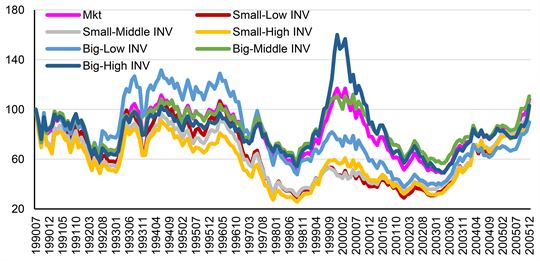Investing in the stock market can be a complex and daunting task.
With thousands of stocks to choose from, how do you determine which ones are worth investing in? This is where a portfolio grader comes in. In this article, we will explore the concept of a portfolio grader, its benefits, risks, and the available options for free portfolio grading tools.
By the end of this article, you will have a better understanding of how incorporating a portfolio grader into your investment strategy can lead to better outcomes.
What is a Portfolio Grader
A portfolio grader is an online tool or software that evaluates and grades individual stocks or an entire investment portfolio. It considers factors such as financial health, earnings growth potential, valuation metrics, and market trends to assess the quality and performance of stocks.
By providing objective grades for each stock, a portfolio grader helps investors make informed decisions about buying, selling, or holding onto their investments. It simplifies the process of evaluating stocks by analyzing fundamental data and market conditions, enabling investors to optimize their portfolios for maximum returns.
Benefits of Using a Portfolio Grader
Utilizing a portfolio grader offers several advantages for investors. It provides an objective assessment of investments, considering quantitative and qualitative factors. By using this tool, investors gain valuable insights into their holdings, identifying underperforming stocks and potential opportunities.
Portfolio grading tools simplify decision-making with easy-to-understand ratings for each stock. They save time by automating evaluations and enhance overall portfolio management. Using a portfolio grader empowers investors to make informed decisions based on objective analysis rather than subjective biases or emotions.
Risks of Using a Portfolio Grader
Portfolio graders can provide valuable insights, but they have limitations. They heavily rely on historical data, which doesn’t guarantee future results. They may oversimplify financial metrics and ignore qualitative factors like industry trends or management quality.
To mitigate these risks, use portfolio graders alongside other research methods such as analyzing financial statements, industry trends, and market news. Combining insights from graders with your own knowledge leads to more informed investment decisions.
Remember that comprehensive research and analysis are essential in making sound judgments in the stock market.
Free Portfolio Graders
Investors today have access to a variety of free portfolio grading tools online. These tools offer different features and capabilities, allowing users to choose what suits their needs. Morningstar’s Portfolio Manager provides detailed ratings based on factors like economic moat and fair value estimate.
Yahoo Finance’s Stock Screener allows filtering stocks based on criteria such as market cap and P/E ratio. Finviz’s Stock Screener offers customizable filters for technical indicators and sector performance. MarketWatch’s Virtual Stock Exchange is a simulated trading platform for practicing strategies with real-time data.
These tools empower investors with valuable insights for better portfolio evaluation and decision-making.
Incorporating Portfolio Graders into Investment Strategies
Portfolio graders offer objective evaluations of investments, aiding informed decision-making. They simplify the process by providing clear indicators of stock quality and potential. However, it’s important to balance their use with other research methods and consider qualitative factors.
Investors should explore different grading options online, aligning them with their goals and preferences. By incorporating portfolio graders within a broader research strategy, investors can enhance decision-making, identify opportunities, and increase chances of success in the dynamic world of investing.
[lyte id=’e2Mx5sBYBDU’]




